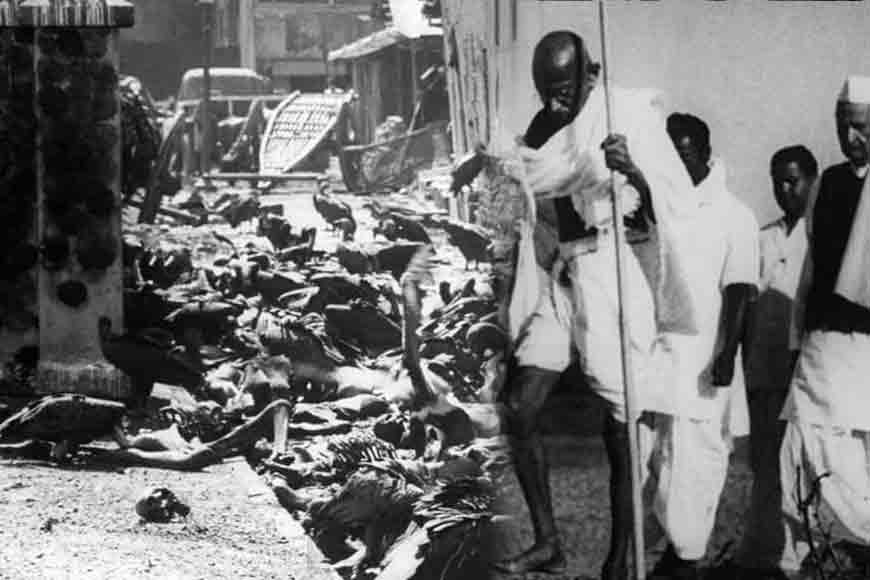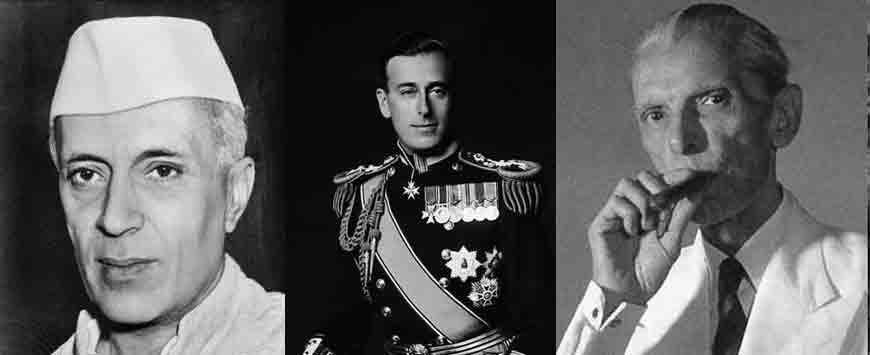Bengal’s Noakhali riots drowned Gandhi into ‘darkest despair’

If non-violence is what he preached his whole life, violence left deep scars not just on thousands of homeless families on the eve of Indian Independence, but threw Mahatma Gandhi in ‘darkest despair.’ That despair became palpable in his repeated marches to the blood-soaked territories of Bengal’s Noakhali, which was probably worst affected by the partition riots. Savage fighting had also spread along Punjab and the North-West Frontier as well as to East Bengal and Bihar. Brutal violence unleashed a year earlier in Calcutta triggered mayhem, rape, and murders across villages of Bengal and Bihar. This was perhaps one of the worst humanitarian crisis in the Asian subcontinent, and Mahatma knew he had lost his battle to violence.

On July 17, 1947, acting on the advice of India's prime minister-in-waiting, Jawaharlal Nehru, and the consent of Pakistan’s governor-general-to-be M. A. Jinnah, Viceroy Lord Mountbatten won his government’s final approval to partition Punjab and Bengal along religious lines prior to Great Britain’s withdrawal from India. This was probably the final nail the Britishers wished to put before leaving India. Their plan to carve up British India was never approved of or accepted by Gandhi. Unfortunately, he realized too late that his closest comrades and disciples were more interested in power than principle, and that his own vision had long been clouded by the illusion that the struggle he led for India’s freedom was a non-violent one.
‘Who listens to me today?’ a despondent Gandhi muttered. ‘And why should anyone?’ To disillusioned devotees, the Mahatma (Great Soul) freely confessed his ‘bankruptcy,’ admitting that he lived in ‘a fool’s paradise.’ Nonetheless, the seventy-seven-year-old Bapu ignoring daily threats to his life, refused to silence his criticism of the government. He rejected appeals to remain in New Delhi to celebrate the dawn of India’s freedom at midnight on the August 15, 1947. ‘What is there to celebrate?’ ‘This vivisection of the Mother,’ as he called partition, was fit only for prayer and ‘deep heart-searching,’ not for fireworks, proud speeches, and songs... Well, that’s what he felt.
Gandhi had tried to win Nehru over to his faith in the virtues of simple living, urging his aristocratic Anglophile heir to give up India’s democratic throne, abandon the great house he planned to occupy, and instead move into a village hut. He argued: ‘I believe that if India, and through India the world, is to achieve real freedom, then ... we shall have to go and live in the villages—in huts, not in palaces.’ While Delhi draped itself in miles of festive electric lights and the saffron, white, and green bunting of India’s bright national flag, symbolizing wishful Hindu-Sikh-Muslim unity, Gandhi entrained for Bengal on his lonely pilgrimage of prayer for peace.
‘What to do?’ was the mantra he muttered daily that November as he walked barefoot through the blood-soaked mud of Noakhali District’s scorched villages in Eastern Bengal’s anguished Delta. He had gone there in response to his old Quaker friend Muriel Lester's personal plea, made after she had met Hindu widows who had watched their husbands butchered. ‘These women had a dead look,’ Muriel wrote to him, a look of ‘utter blankness.’ Gandhi soon saw worse things in Noakhali. Believing as he did that ‘Truth is God,’ he could not understand how so much he thought true about India turned out to be so violently false.









